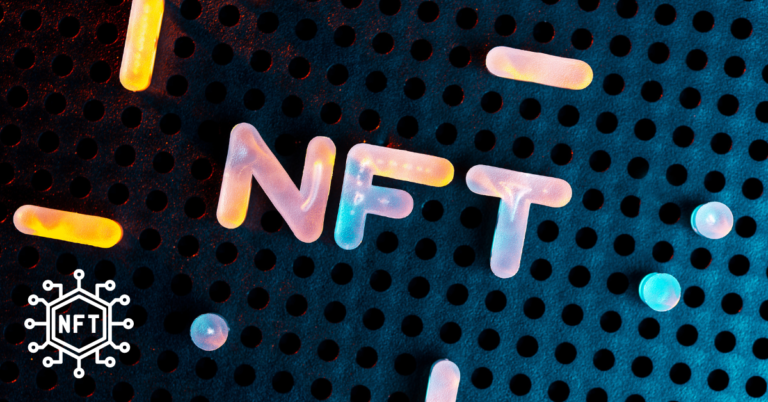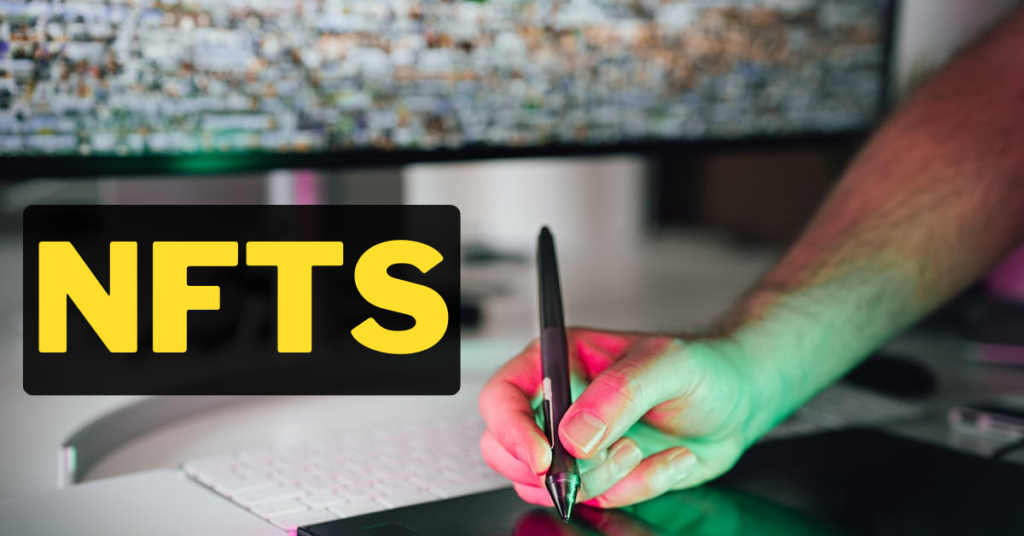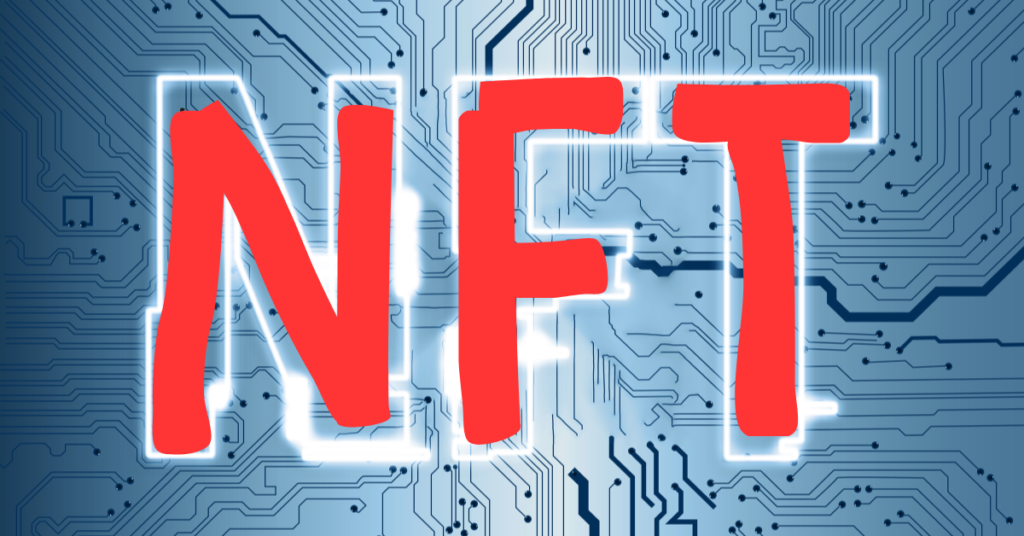Non-Fungible Tokens (NFTs) have seen a significant rise in popularity, attracting collectors and investors alike. These unique crypto tokens are valued for their distinctiveness, and one of the primary factors influencing their value is rarity.
Understanding NFT rarity is essential for anyone looking to invest in or collect NFTs. In this article, we’ll explore what NFT rarity is, how it works, and how you can determine the rarity of an NFT to make more informed investment decisions.
What Are NFTs?
NFTs, or Non-Fungible Tokens, are a type of cryptocurrency that represents ownership of a unique item, whether digital or physical. Unlike cryptocurrencies like Bitcoin or Ethereum, which are fungible and can be exchanged one-to-one, each NFT is unique and has its own distinct properties. This non-fungibility is what makes NFTs special and valuable, as no two NFTs are exactly alike.
Understanding NFT Rarity

What is NFT Rarity?
NFT rarity refers to how uncommon or scarce a particular NFT is within a collection. In simple terms, the rarer the NFT, the more valuable it is likely to be. Rarity can be determined by several factors, including the number of NFTs in a collection, the design or artwork, and the specific traits or attributes of the token. Collectors and investors often seek out rare NFTs because they tend to hold higher value and have greater potential for appreciation.
How Does NFT Rarity Work?
When an NFT is created, it is assigned a set of unique characteristics or traits. While NFTs in a collection may share certain traits, no two NFTs are exactly the same. This uniqueness is what drives the concept of rarity. NFTs with rarer traits—such as uncommon colors, designs, or special attributes—are more likely to be in higher demand and, therefore, command higher prices in the marketplace.
For example, in a collection of 10,000 NFTs, if only 10 NFTs have a specific rare trait, those NFTs are considered rare, and their market value may be significantly higher than NFTs with more common traits.
Why Is NFT Rarity Important?
Rarity is crucial in the NFT market because it directly impacts the value and desirability of a token. Collectors and investors are often willing to pay a premium for rare NFTs, similar to how rare collectibles or limited-edition items are valued more highly in traditional markets. Additionally, rarity can create excitement and competition among buyers, driving up prices and increasing the overall value of a collection.
How to Calculate NFT Rarity

Determining the rarity of an NFT is a critical step in assessing its potential value. Several methods and tools can help you calculate and understand the rarity of an NFT.
1. Using NFT Rarity Tools
One of the most popular ways to determine NFT rarity is by using specialized tools like Rarity.tools and Rarity Sniper. These platforms analyze the traits of NFTs within a collection and assign a rarity score based on the frequency of each trait. The higher the rarity score, the rarer the NFT is considered to be.
- Rarity.tools: This platform provides users with a detailed breakdown of the rarity scores for various NFT collections, allowing investors to quickly identify rare NFTs.
- Rarity Sniper: Rarity Sniper offers a similar service, providing rarity scores along with data on the trading history and price trends of NFTs.
2. Checking Rarity on NFT Marketplaces
Another way to determine the rarity of an NFT is by using popular NFT marketplaces like OpenSea. When browsing a collection on OpenSea, you can view the properties and traits of an NFT and see how common or rare those traits are within the collection. This can give you a good sense of an NFT’s rarity compared to others in the same collection.
3. Analyzing Collection Size and Traits
Understanding the size of an NFT collection and the distribution of traits within it can also help in determining rarity. For instance, in a collection of 10,000 items, if a specific trait is only found in 100 NFTs, those NFTs are considered rare. By analyzing the frequency of traits, you can make more informed decisions about the rarity and potential value of an NFT.
Best Practices for Assessing NFT Rarity
When assessing NFT rarity, it’s important to consider multiple factors and tools to get a comprehensive understanding. Relying on just one tool or method may not provide the full picture. Here are some best practices:
- Cross-Reference Multiple Tools: Use more than one rarity tool to compare scores and get a more accurate assessment.
- Understand the Market: Research the specific NFT collection and its market demand. Even a rare NFT may not hold value if the overall collection is not in demand.
- Consider the Project’s Longevity: NFTs from projects with a strong community and long-term vision are more likely to retain or increase in value.
Conclusion
NFT rarity is a key factor that influences the value and appeal of non-fungible tokens. By understanding what rarity is and how to calculate it, investors and collectors can make more informed decisions when buying and selling NFTs.
Whether using specialized tools like Rarity.tools or analyzing traits on marketplaces like OpenSea, having a good grasp of NFT rarity can give you a competitive edge in the rapidly growing NFT market.
Remember, while rarity can drive value, it’s also important to consider the overall demand and longevity of the NFT collection to make the best investment choices.



